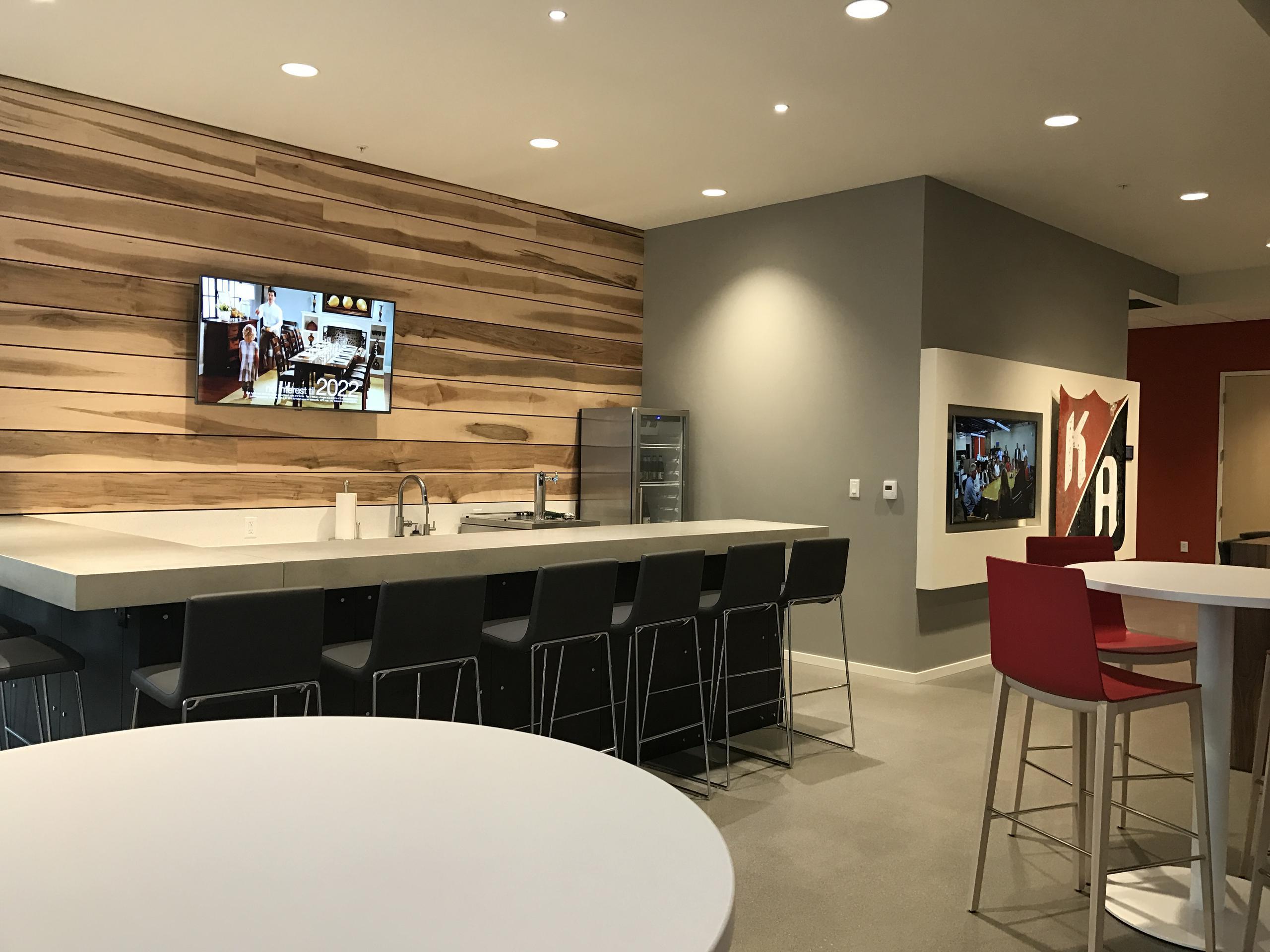Ideal Approaches for Positioning Sound Systems to Maximize Sound Clarity and Audience Engagement in Spacious Locations
Ideal Approaches for Positioning Sound Systems to Maximize Sound Clarity and Audience Engagement in Spacious Locations
Blog Article
Positioning loudspeakers in large venues is essential for ensuring high sound clarity and engaging the audience efficiently. The arrangement of speakers can significantly affect how sound propagates throughout the area. When organizing an occasion, it is essential to take into account the location's size, shape, and sound characteristics. Each of these factors plays a crucial role in how audio is distributed and experienced by the spectators. By understanding these elements, occasion organizers can create an ideal setup that enhances the complete encounter for all participating.
One important aspect to take into account is the type of loudspeakers being used. Different loudspeakers have unique characteristics that affect sound clarity. For instance, array line speakers are often preferred in spacious locations because they can broadcast audio over long distances while preserving fidelity. These loudspeakers are engineered to function together, allowing sound to arrive at every area of the space uniformly. Additionally, subwoofers can be strategically placed to enhance bass response, making the audio experience more immersive. Selecting the right mix of speakers is crucial for attaining the optimal audio quality.
Another critical factor is the layout of the loudspeakers. The positioning should be based on the audience's configuration and the location's acoustics. For example, speakers should be set at an suitable elevation and angle to ensure that sound signals hit the spectators without deformation. It is also important to avoid positioning loudspeakers too close to walls or edges, as this can cause undesired reflections and reduce sound clarity. A carefully planned setup can assist minimize sound problems and foster a more pleasurable listening experience.
In furthermore to speaker arrangement, sound checks is a crucial step in the procedure. Before the event starts, conducting sound tests allows organizers to detect any possible problems and implement necessary modifications. This checking should include checking for feedback, adjusting sound levels, and confirming that all speakers are functioning properly. By taking the effort to test the sound setup, event planners can confirm that the audio clarity meets the spectators' requirements and enhances their involvement with the event.
Ultimately, spectator involvement can be additionally improved by considering the complete design of the location. Factors such as seating, illumination, and stage design can all affect how the audience interacts with the speakers. For instance, a brightly illuminated platform can draw attention to the presenter, while cozy chairs can keep the spectators attentive and alert. By establishing an welcoming atmosphere, organizers can encourage a bond between the presenters and the audience, leading to a more unforgettable and impactful event. In summary, meticulous planning and thought of sound clarity and audience engagement are crucial for review effective events in spacious locations.